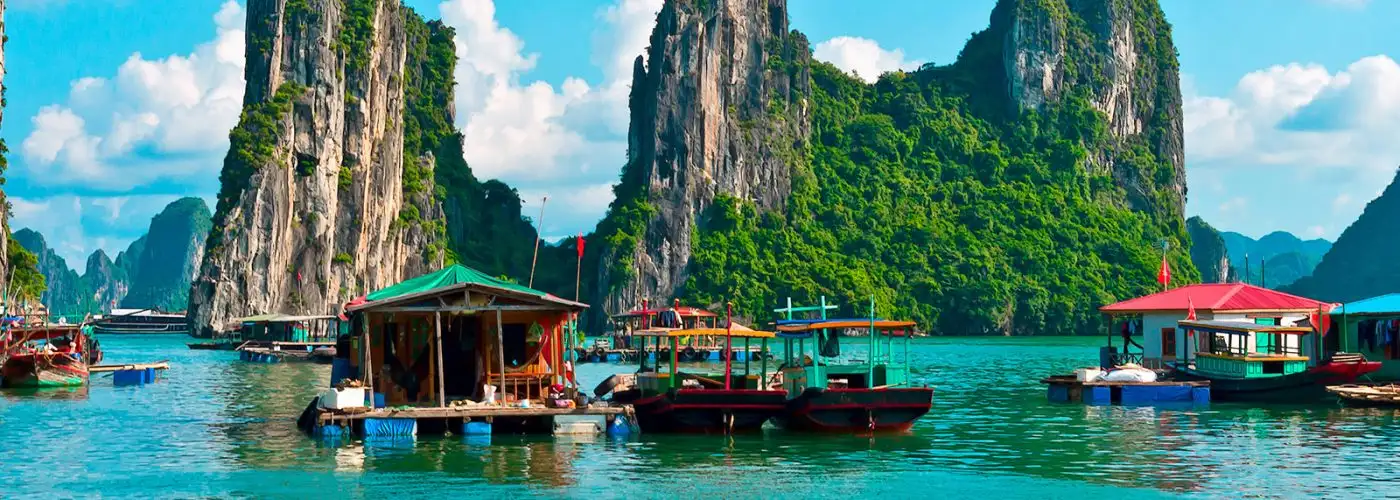As the world’s largest continent, Asia is home to many of Earth’s most breathtaking sites.
Amazing Natural Wonders in Asia
Here are 27 of our favorite natural wonders in Asia.
Halong Bay, Vietnam
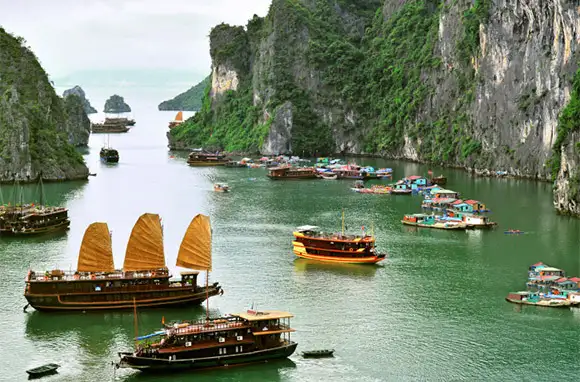
More than 1,500 islands and inlets jut out of the turquoise waters of Halong Bay in Vietnam. Take one of the overnight cruises offered within the bay and watch the sunset over its tranquil waters.
Longdong, Taiwan
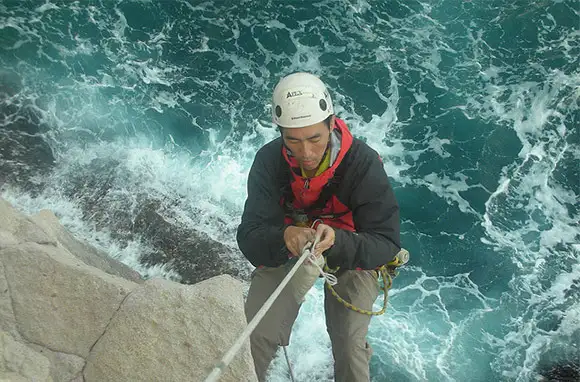
Home to some of the best rock climbing in the world, the coastal cliffs of Longdong tower over the clear Longdong Bay waters offering unbeatable views from the top.
The Chocolate Hills, Philippines
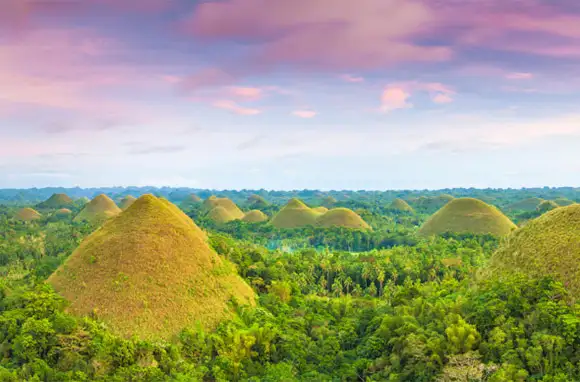
More than 1,000 of these unique brown hills dot the landscape in the small island of Bohol—and no one knows how they were formed. During the rainy season, these hills will be green. It’s not until the dry season, when they turn “chocolate,” that they live up to their name.
Flaming Cliffs, Gobi Desert, Mongolia
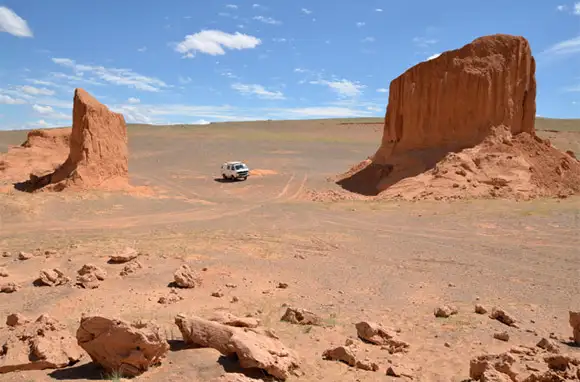
Not only are the Flaming Cliffs of the Gobi Desert incredible to look at, but they also yield some pretty amazing discoveries, like dinosaur bones and eggs.
Marble Rocks, India
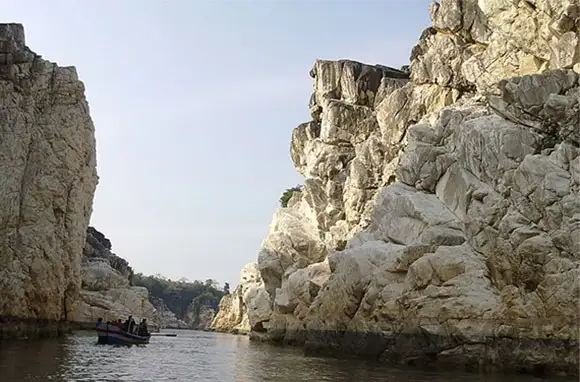
Sail along the Narmada River and gaze up at the beautiful white marble rocks that tower above it. The marble that makes up the gorge is so soft that it can be cut quite easily. Keep an eye out for souvenirs.
Thi Lo Su Waterfall, Thailand
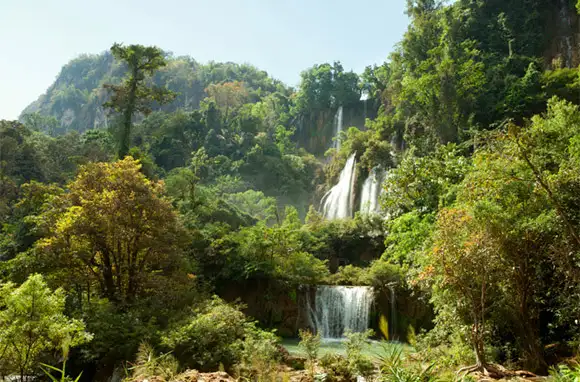
Thi Lo Su is one of Thailand’s biggest waterfalls, and it attracts plenty of tourists who swim in its clear waters.
Natural Forest Park of Zhangjiajie, China
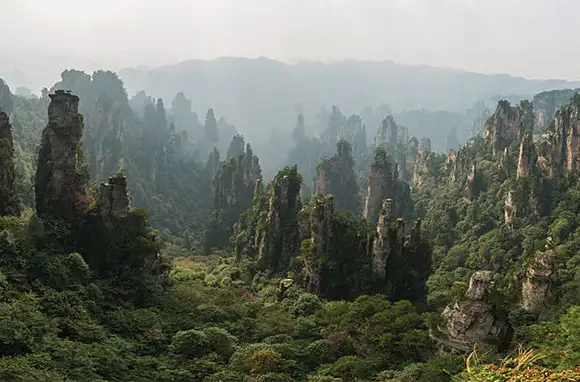
China’s first national forest park is home to many diverse scenic areas. Inside the park, you’ll find beautiful streams, massive rock formations, a giant misty gorge, and mountains.
Al-Hasa Oasis, Saudi Arabia
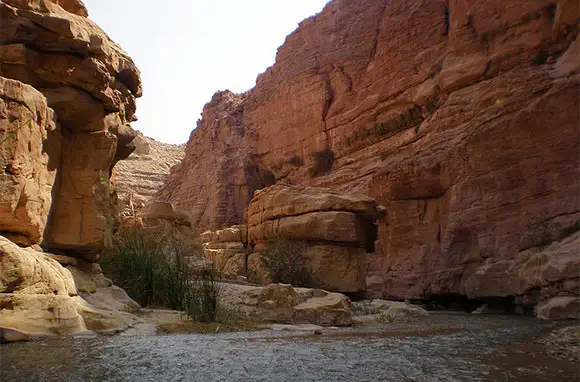
Asia’s largest natural oasis stretches over 30,000 acres and is fed by more than 60 artesian springs. This beautiful water is framed by around 3 million date plants.
Tubbataha Reef, Philippines

Unlike the Great Barrier Reef, the Tubbataha Reef can only be visited via a live-aboard boat due to its remoteness. This isolation means the coral reef is well preserved and generally devoid of tourists. Expect to see everything from manta rays to whale sharks.
Karst Mountains and Caves, Guilin, China
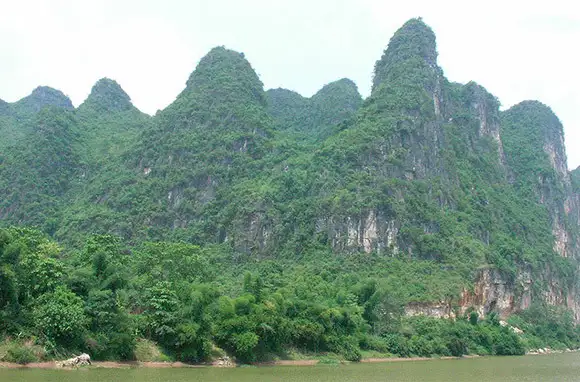
The gorgeous hills and deep caves of Guilin, China, have attracted attention ever since the Tang Dynasty—you can find inscriptions carved on the walls of the caves dating back to 729 CE.
Puerto Princesa Subterranean River National Park, Philippines
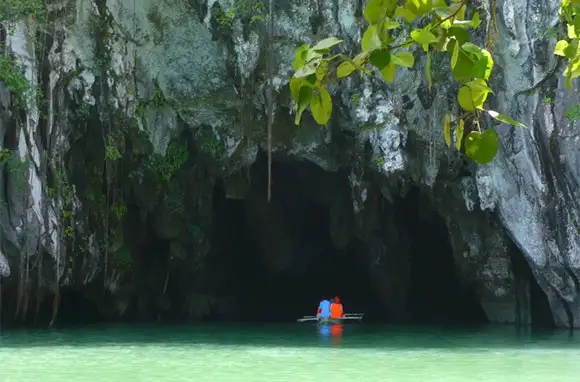
Puerto Princesa Subterranean River National Park in the Philippines is home to one of the longest underground rivers in the world—and what makes it really special is that the river flows directly into the sea. This UNESCO World Heritage site is home to a diverse ecosystem featuring everything from crocodiles to cockatoos.
Mt. Kelimutu, Indonesia
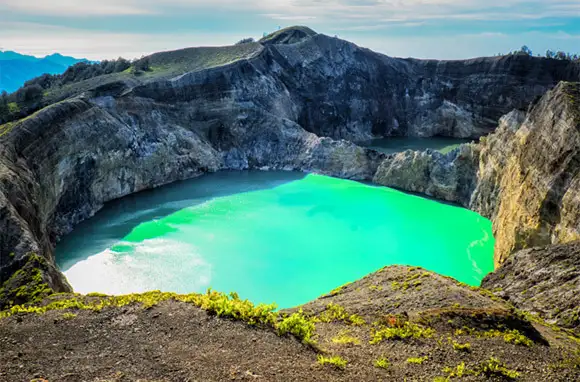
The three different lakes of Kelimutu are all different colors, even though they are on the same volcano. Even the same lake can take on a different hue every time you visit—ranging from blue to green to black or red.
Komodo National Park, Indonesia
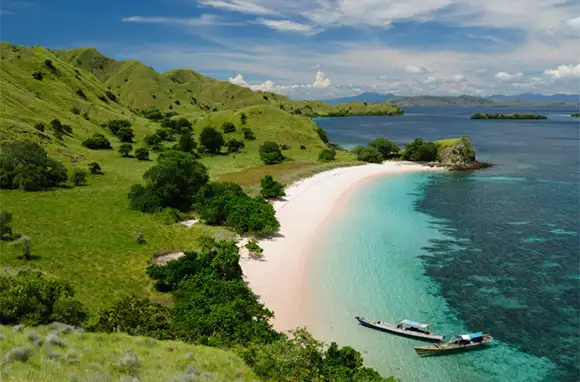
If the name of this park sounds familiar, then you may already have a guess as to which creature calls it home: the famous Komodo dragon. But it’s not a one-species kind of place—keep an eye out for sharks, whales, dolphins, sea turtles, and much more if you visit here.
Kuang Si Falls, Laos
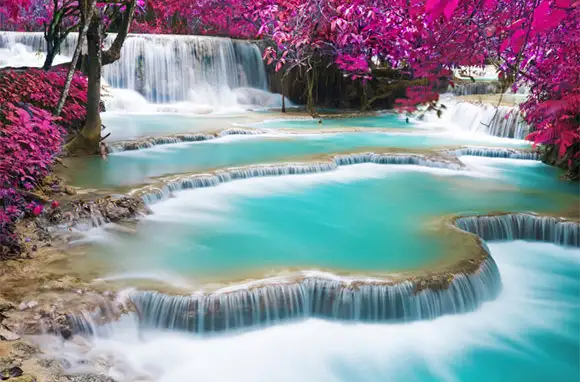
Three tiers of waterfalls flow down into turquoise blue pools and make for amazing photo opportunities, swimming, or jumping (for the adventurous).
The Valley of the Geysers, Russia
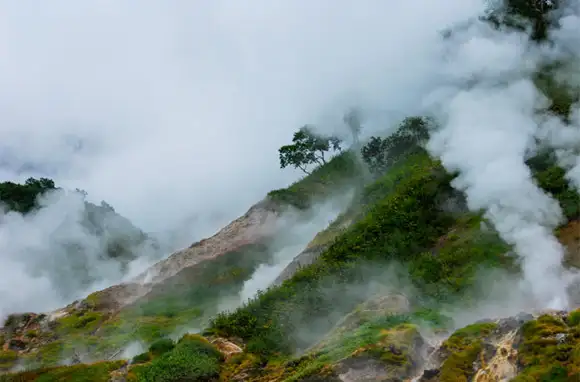
Who knew that Russia was home to the second-largest concentration of geysers in the world? The Valley of the Geysers has about 90 of them, but the only way to reach the area is via helicopter.
Okama, Japan
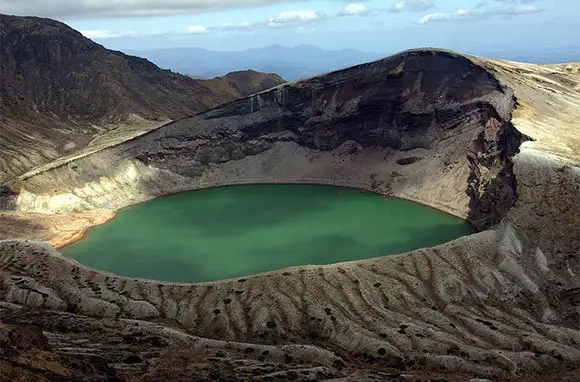
Depending on the time of year, or even time of day that you visit Mount Zao, Okama crater lake on Mount Zao is likely to be a different color than it was before. It’s nicknamed “Five Color Pond” since it changes its hue depending on the weather.
Tojinbo, Japan
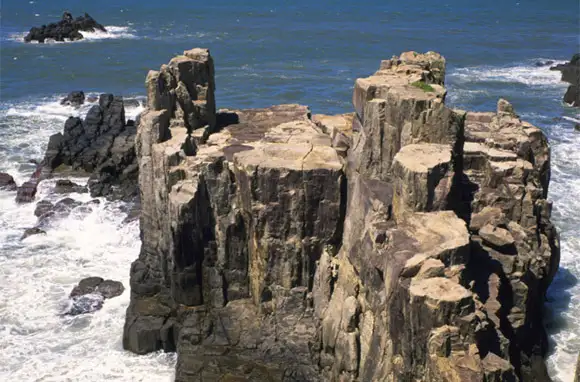
The rugged cliff of Tojinbo stretches for more than half a mile and is a uniquely jagged shape. The rock pillar formation is the only one of its kind in Japan; there are only two others like it in the world.
Lonar Crater and Lake, India
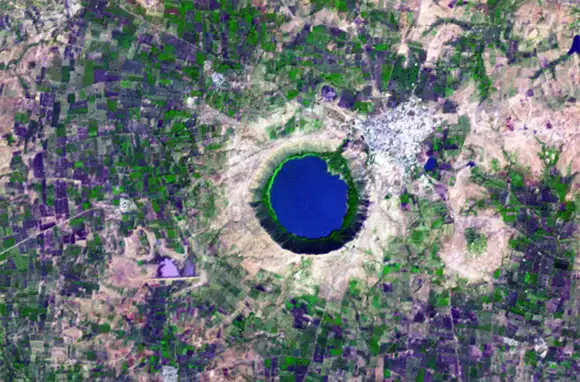
The Lonar Crater Lake was formed after Earth was hit by a meteor around 35,000 to 50,000 years ago. It’s almost 500 feet deep and is stunningly blue from above.
Son Doong Cave, Vietnam
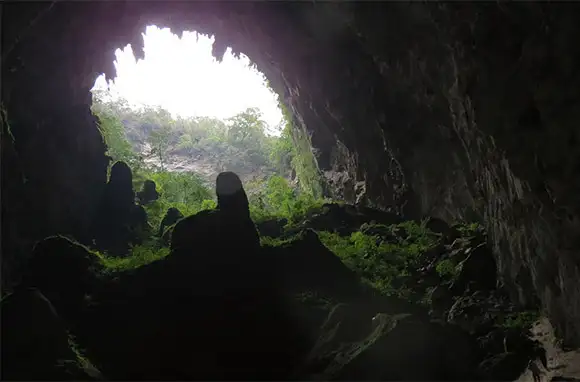
Son Doong Cave is the biggest cave in the world—it’s more than 5.5 miles long and has its own jungle and river. Still, it wasn’t even discovered until 1991, or fully explored until 2009.
Manjanggul Lava Tube, South Korea
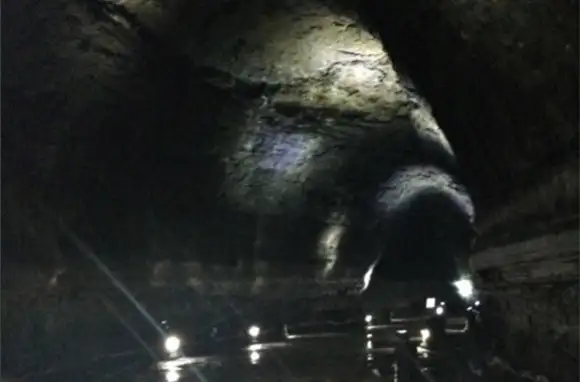
Lava stalagmites and lava tube tunnels have formed within the Manjanggul Cave. You can go inside to explore.
Ta Prohm Temple Trees, Siem Reap, Cambodia
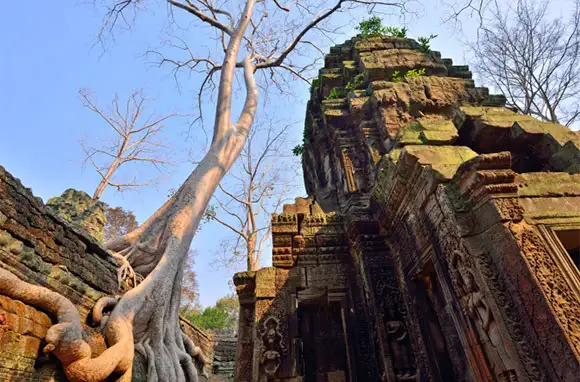
The temples at Ta Prohm have been abandoned and turned over to nature. Trees grow through former structures and split apart stones to rise toward the sky.
Tiger Leaping Gorge, China
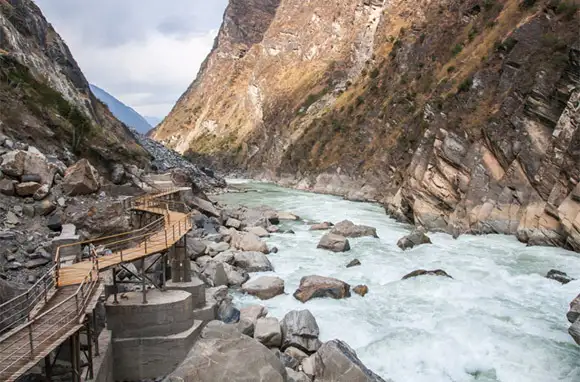
At 12,424-feet deep, Tiger Leaping Gorge is one of the world’s deepest river canyons. You can explore it by hiking, but don’t expect to do a boat cruise–it’s not sailable.
Gunung Mulu National Park, Borneo, Maylasia
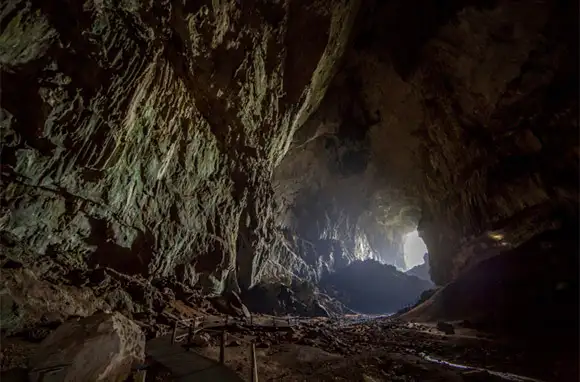
This UNESCO World Heritage site has mountains, caves, and rainforests. One of its most spectacular features is the large limestone karst formations.
The Stone Forest, China
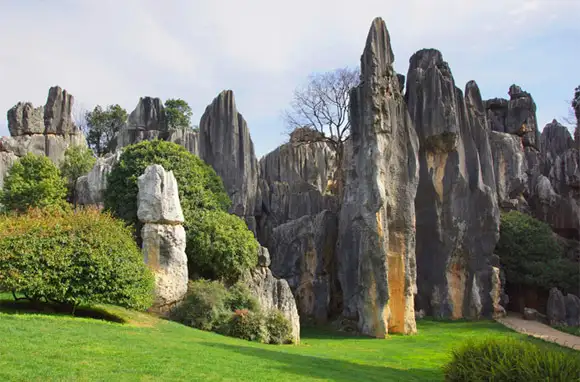
The limestone formations dotted throughout the Stone Forest look like petrified trees, which is how the place got is name.
Taroko Gorge, Taiwan
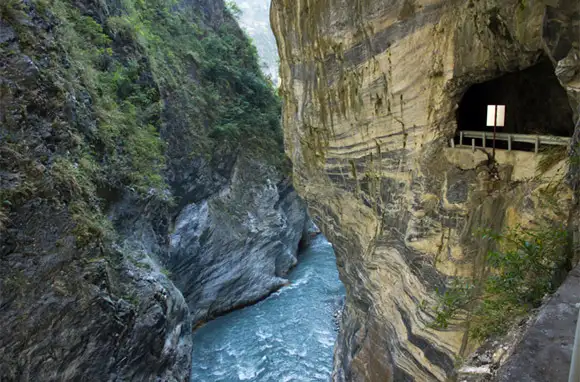
Taroko Gorge is often called “The Marble Gorge” due to the marble cliffs that surround the Liwu River. The Gorge also contains jade, though not nearly as much as it does marble.
Lion’s Rock, Sigirya, Sri Lanka
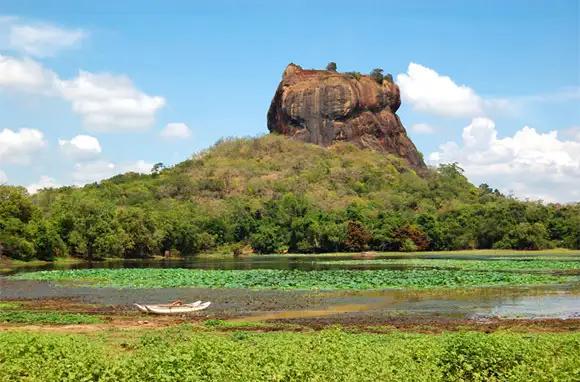
The ruins of this ancient capital are overlooked by an almost 600-foot-tall granite peak known as the Lion’s Rock. At its feet lie the remains of the city of Sigiriya.
Can Gio Mangrove Forest, Vietnam
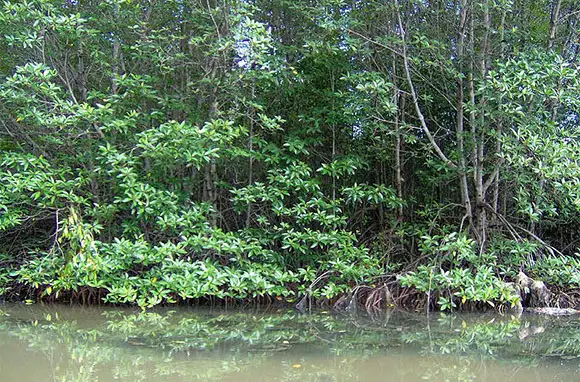
The Can Gio wetlands support not only thousands of mangroves, but also around 200 different species of wildlife and 150 species of flora.
What to Pack for Your Trip to Asia:
More from SmarterTravel:
- The Most Beautiful Places in America: 11 Hidden Natural Wonders
- 7 Tips for Seeing Cherry Blossoms in Japan
- 9 Hidden Cities in Asia for Your Bucket List
Editor’s note: This story was originally published in 2015. It has been updated to reflect the most current information.
We hand-pick everything we recommend and select items through testing and reviews. Some products are sent to us free of charge with no incentive to offer a favorable review. We offer our unbiased opinions and do not accept compensation to review products. All items are in stock and prices are accurate at the time of publication. If you buy something through our links, we may earn a commission.
Related
Top Fares From
Today's Top Travel Deals
Brought to you by ShermansTravel
12-Night Peru Escorted Tour, Incl. Sacred...
Wingbuddy
 vacation
$2198+
vacation
$2198+
Amsterdam to Copenhagen: Luxe, 18-Night Northern...
Regent Seven Seas Cruises
 cruise
$12399+
cruise
$12399+
Ohio: Daily Car Rentals from Cincinnati
85OFF.com
 Car Rental
$19+
Car Rental
$19+
